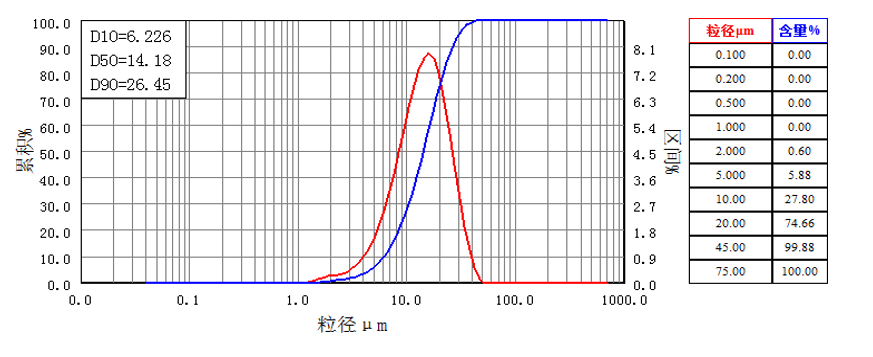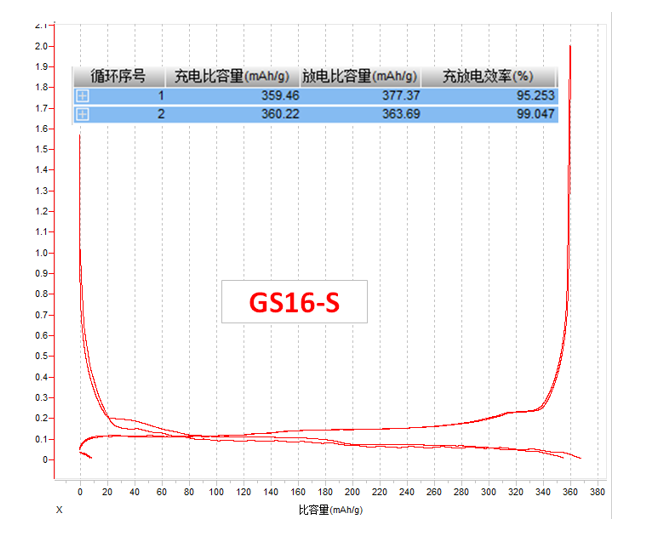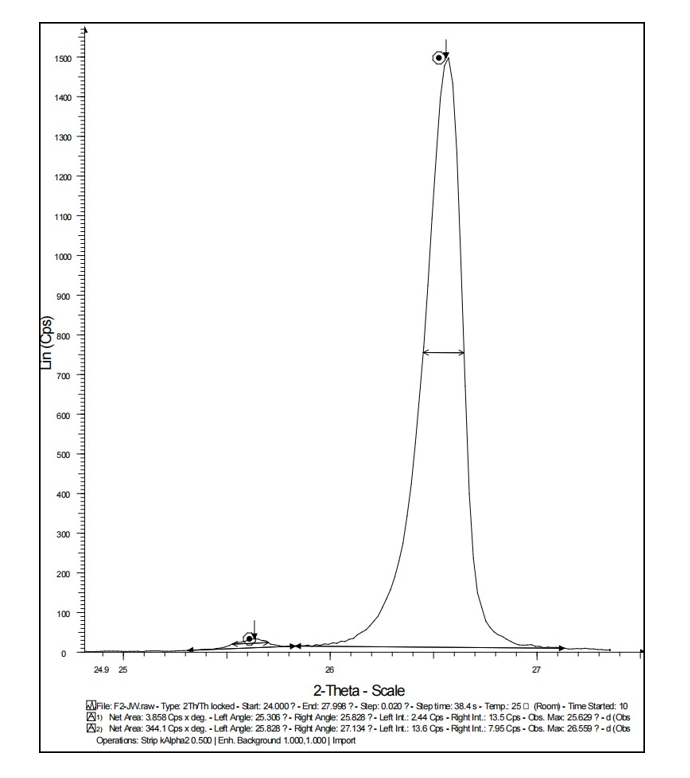Artificial Graphite GS16-S for Digital Products Large Capacity Lithium-ion Battery
Category:
Artificial graphite
Advantages:
High energy density
Low expansion
Long cycle
Application:
Include computer, tablet computer, mobile phone, digital camera, walkman, electronic dictionary, video and audio player hardware or digital audio player, etc and other computer, Communication, consumer Electronics 3C digital.
Tips:
The material design first discharge capacity is recommended to be 355mAh/g, and the tap density is recommended to be controlled in 1.65-1.70g/cc and below. This product is suitable for aqueous solution lithium battery system.
Packaging requirements:
GS16-S artificial graphite shall be packed into a plastic bag with a specification of 650mm×950mm, sealed and then placed into a carton with a weight of 25+0.02kg/ box, or according to customer requirements packaging.
Transportation and storage:
a. The product should be stored in a place where dry, ventilated and no other pollution sources (recommended: temperature ≤ 45 ° C, humidity ≤85%);
b. Product stacking should be neat, clean, production lot number, production date, etc. should be clearly identified;
c. During the transportation process, it should be gently put, so as not to damage the packaging; Any products leaking out of the bag shall not be returned to the box.
d. The shelf life is 2 years in a normal temperature state.
Packaging and product identification:
GS16-S product packaging must be marked with the following information:
A) Product Name
B) Batch Number of product
C) Product weight
D) Date
E) Company Name
Matters needing attention:
A) Ensure that the capacity of the negative electrode per unit area is greater than or equal to that of the positive electrode per unit area to avoid lithium evolution during charging.
B) Ensure that there is a good interface between the isolation film and the electrode.
C) The surface density and compaction density of the electrode will affect the performance of the rate capacity and performance.
D) The product is of secondary particle + single particle structure, and it is recommended that the design pressure below 1.70g/cc is the best.
Technical indicators:
Number | Name | Unit | Standard | Typical values | |
1 |
Particle size | Dmin | um | ≥1.0 | 1.622 |
D10 | um | 6.0±2.0 | 6.12 | ||
D50 | um | 14.0±2.0 | 14.96 | ||
D90 | um | 26.0±3.0 | 25.21 | ||
Dmax | um | ≤55 | 46.34 | ||
2 | TAP | g/cc | 1.05±0.1 | 1.03 | |
3 | SSA | m2/g | 1.5±0.5 | 1.51 | |
4 | C | % | ≥99.95 | 99.983 | |
5 | Tap Density | g/cc | 1.65-1.70 | 1.65-1.70 | |
First discharge capacity | mAh/g | 355-365 | 357.3 | ||
6 | True Density | g/cc | ≥2.22 | 2.26 | |
7 | First discharge efficiency | % | ≥93% | 95.7 | |
8 |
Trace elements | Fe | ppm | ≤15 | 4.67 |
Co | ppm | ≤5 | 2.07 | ||
Cu | ppm | ≤5 | -- | ||
Ni | ppm | ≤5 | 0.59 | ||
Al | ppm | ≤5 | 1.68 | ||
Particle Size Distribution:

Discharge Capacity:

XRD:

Copyright © 2023 By Graphite-Corp